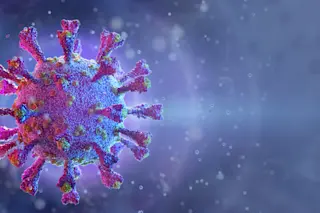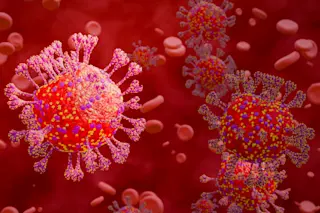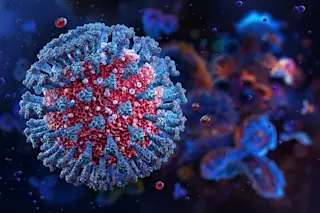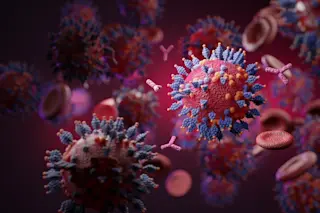AIDS has killed more than 300,000 Americans, and some 750,000 are currently infected with hiv, the virus that causes aids. In the first years of the epidemic, deaths were concentrated among gay and bisexual men. But over the past ten years, the incidence of the disease has surged among women--from 6 percent of reported cases in 1985 to 19 percent in 1995. In about half these cases the virus was contracted through heterosexual sex. The other half were infected through intravenous drug use. The spread has been most dramatic among African-American women, who now make up more than half of American women with aids.
Despite this alarming trend, the rate of new hiv infections in the United States has declined from roughly 80,000 a year in the late 1980s to somewhere between 60,000 and 70,000 in 1995, largely because of programs that promote safe sex among gays. The epidemic appears ...














